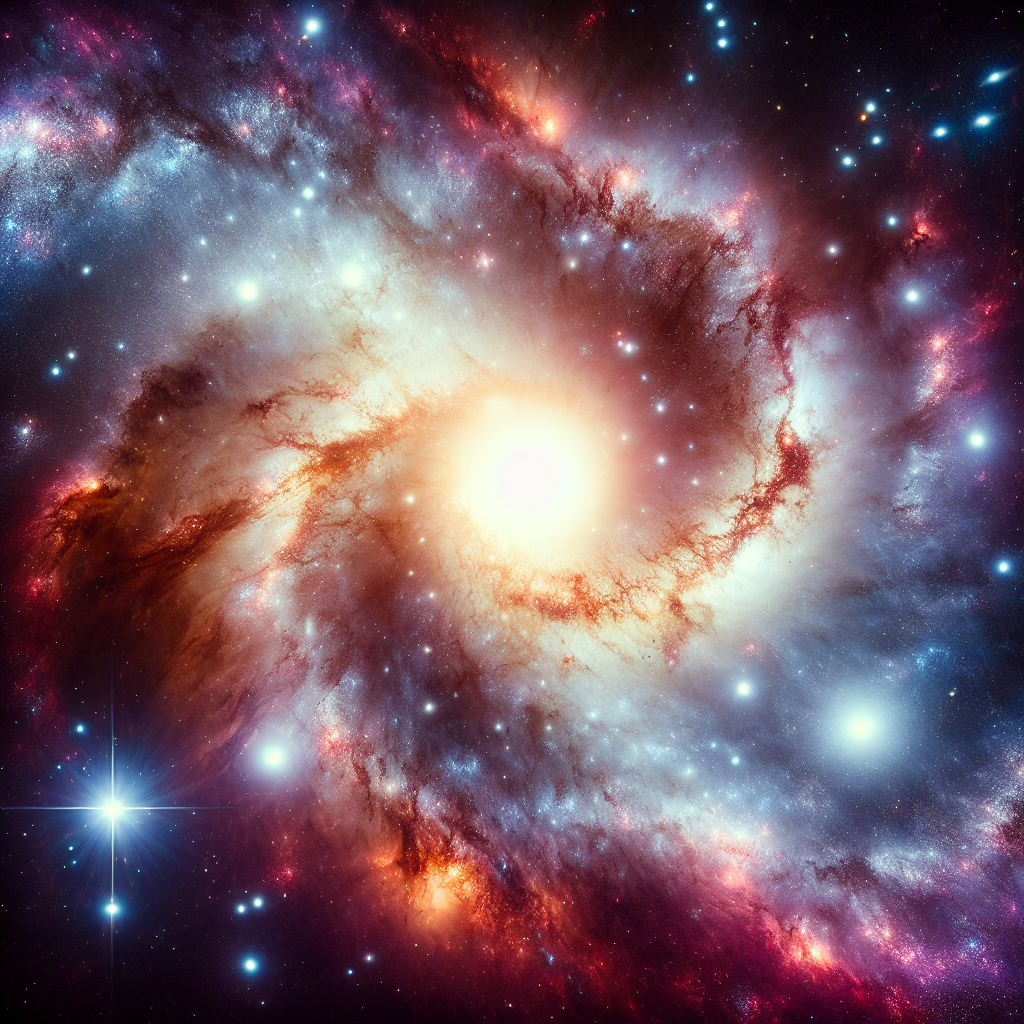In a cosmic twist that has astronomers raising their telescopes and eyebrows, the James Webb Space Telescope (JWST) has made headlines by discovering the oldest galaxy ever detected. Yes, you heard it right! This ancient stellar wonder, named GN-z11, is not just a relic from the past but a fascinating glimpse into our universe’s early days. So grab your space helmets as we dive into this astronomical marvel!
The Unveiling of GN-z11
Imagine peering back in time to see a galaxy that formed just 400 million years after the Big Bang. That’s precisely what JWST accomplished. The telescope’s powerful infrared capabilities allow it to detect light from distant galaxies that have traveled billions of years to reach us. Think of it as a cosmic time machine, but without the flux capacitor!
GN-z11 is not just any galaxy; it’s a record-breaker. Previously, astronomers believed that the oldest galaxy was around 500 million years post-Big Bang. With this groundbreaking discovery, we’ve pushed back the cosmic clock! This little star factory shines brightly with an astonishing rate of star formation, producing stars at a pace that would leave even the most ambitious astrophysicist gasping.
The Science Behind the Discovery
So how did astronomers manage to find such an ancient gem? It all boils down to a combination of advanced technology and a sprinkle of good fortune. The James Webb Space Telescope utilizes its state-of-the-art instruments to analyze light from faraway galaxies. By studying the redshift – essentially how much the light stretches as it travels across the universe – scientists can determine how far back in time they are looking.
This means that every time you hear about a distant galaxy being discovered, remember: it’s like unearthing an ancient artifact from our cosmic past! And if that doesn’t make you feel small in the grand scheme of things, I don’t know what will.
What This Means for Astronomy
This discovery isn’t just an academic feather in the cap for astronomers; it opens up new pathways for understanding how galaxies formed and evolved in those early chaotic days of our universe. You see, GN-z11 shows us that galaxies were forming much earlier than we previously thought. It’s like finding out your grandparents were rock stars before they settled down!
The implications for cosmology are monumental. Understanding such early galaxies helps astronomers piece together how matter clumped together in the aftermath of the Big Bang, leading to the magnificent structures we see today—like galactic clusters and superclusters, or your neighbor’s oddly shaped garden gnome collection.
A New Era in Cosmic Exploration
The findings also indicate that JWST is just getting warmed up. With its ability to peer deeper into space than ever before, we can expect more surprises lurking in the cosmic shadows. Who knows what other ancient galaxies await discovery? Perhaps one where aliens are hosting intergalactic bingo nights?
As we continue to explore our universe, each new finding adds another layer to our understanding of existence itself. The age-old question of “Are we alone?” may soon be met with responses from galaxies far, far away—or at least some very interesting signals.
The Future is Bright… and Old!
As we look ahead, remember that every time we gaze up at the stars, we’re looking back in time. The discoveries made possible by telescopes like JWST remind us how vast and mysterious our universe truly is. Just when you think you have everything figured out, along comes GN-z11 to shake things up!
So here’s to the future of astronomy! May it be filled with more record-breaking discoveries and perhaps even some cosmic humor to keep us entertained along the way.
What do you think about this incredible discovery? Do you believe there are other ancient galaxies out there waiting to be found? Share your thoughts below!
Special thanks to Wired for shedding light on this fascinating topic.

